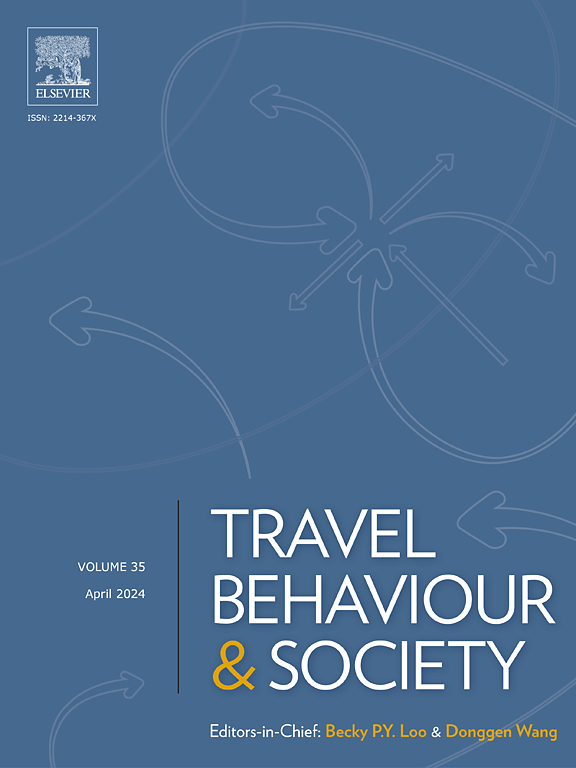华盛顿特区都会区电动汽车的拥有和使用情况
IF 5.1
2区 工程技术
Q1 TRANSPORTATION
引用次数: 0
摘要
我们利用华盛顿特区都会区 2018 年区域旅行调查中的旅行日记和其他信息,研究了用于个人交通目的的电池汽车(电动汽车,由 BEV 和 PHEV 组成)的所有权和驾驶模式。我们发现,拥有电动汽车的家庭更加富裕,拥有更多车辆,家庭成员更多,工作家庭成员更多。Probit 模型表明,在工作场所充电的机会是预测电动汽车拥有量的最重要因素。相比之下,购车时公共充电站的可用性作用很小。拥有电动汽车的家庭与完全拥有内燃机汽车(ICE)的家庭在出行方式选择上相似,驾驶电动汽车的距离--无论是总体距离还是特定目的--以及昼夜时间也相似。这为将电动汽车视为与内燃机汽车相似的出发地-目的地出行矩阵和模型提供了支持--至少在华盛顿特区都会区是如此。本文章由计算机程序翻译,如有差异,请以英文原文为准。
Ownership and use of electric vehicles in the Washington, DC, metro area
We use the travel diaries and other information in the 2018 Regional Travel Survey from the Washington DC metro area to examine the ownership and driving patterns of battery vehicles (EVs, comprised of BEVs and PHEVs) used for personal transportation purposes. We find that the households that own EVs are wealthier, own more vehicles, and have more family members and more working family members. Probit models suggest that the opportunity to charge at work is the most important predictor of EV ownership. By contrast, the availability of publicly accessible charging stations at the time of the purchase of a vehicle plays a very small role. Households that own EVs exhibit similar trip mode choices as households that own exclusively internal combustion engine (ICE) cars, drive their EVs similar distances—overall and for specific purposes—and at similar times of the day or night. This provides support for origin–destination trip matrices and models that regard EVs as similar to ICEs—at least in the Washington, DC, metro area.
求助全文
通过发布文献求助,成功后即可免费获取论文全文。
去求助
来源期刊

Travel Behaviour and Society
TRANSPORTATION-
CiteScore
9.80
自引率
7.70%
发文量
109
期刊介绍:
Travel Behaviour and Society is an interdisciplinary journal publishing high-quality original papers which report leading edge research in theories, methodologies and applications concerning transportation issues and challenges which involve the social and spatial dimensions. In particular, it provides a discussion forum for major research in travel behaviour, transportation infrastructure, transportation and environmental issues, mobility and social sustainability, transportation geographic information systems (TGIS), transportation and quality of life, transportation data collection and analysis, etc.
 求助内容:
求助内容: 应助结果提醒方式:
应助结果提醒方式:


